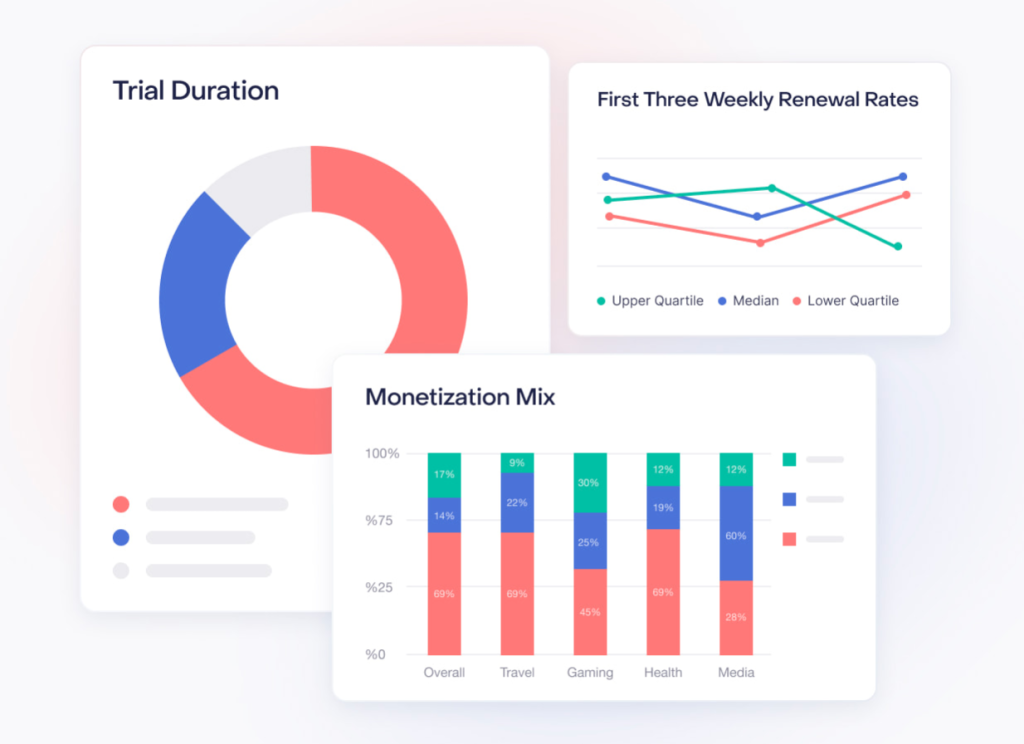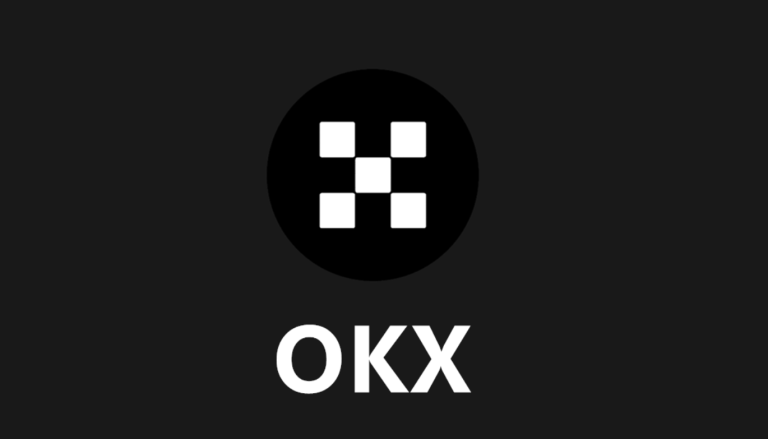
According to RevenueCat’s latest report on the state of subscription-based applications in 2025, the overwhelming majority of mobile apps face significant challenges in monetization. An analysis of more than 75,000 applications revealed that merely 20% succeed in surpassing a monthly revenue of $1,000 within their first two years, while only 5% ever cross the threshold of $10,000.
The study draws from data encompassing over $10 billion in revenue and more than one billion transactions processed among RevenueCat’s users, which include prestigious names such as Buffer, ChatGPT, FC Barcelona, Goodnotes, and Reuters. Although not all apps were included in the sample, the report offers valuable insights into prevailing monetization hurdles for mobile services.
Achieving sustainable revenue growth remains the most daunting challenge. Nearly half of the applications that reach a certain financial milestone subsequently experience declining profits. Apps within shopping, travel, and utility categories encounter particularly severe difficulties, whereas photo, video, and gaming apps more frequently exceed the $1,000 monthly revenue mark.
Nevertheless, once an app achieves this revenue threshold, it typically does so swiftly—the median duration being 60 days. Educational apps, however, take slightly longer, averaging approximately 79 days.
App profitability remains starkly uneven, with the revenue gap between the top 5% of earners and the remaining 95% continuing to widen. In 2024, leading apps earned 200 times more than the average, and by 2025, this disparity had expanded to 500-fold. A year post-launch, the top 5% of applications generate more than $5,000 per month, whereas the bottom quartile earns merely between $5 and $20 monthly.
Another pivotal factor highlighted is developer reliance on specific platforms. In North America, more than 80% of app-generated revenue originates from iOS rather than Android, underscoring the significantly greater difficulty in monetizing apps via Google Play.
To remain viable, developers increasingly embrace subscription models, a practice that frequently frustrates users. RevenueCat reports indicate that 82% of trial subscriptions commence on the day of app installation; however, many users rapidly abandon them. Only a small fraction commit to long-term subscriptions—just 10% persist into the second year for monthly plans, while fewer than 5% of those choosing weekly subscriptions endure beyond six months.
Interestingly, subscription pricing itself rarely triggers cancellations. Rather, users simply perceive insufficient value in maintaining subscriptions. Consequently, developers exploring alternative revenue streams are shifting toward hybrid monetization strategies, incorporating single purchases, feature-specific payments, and even credit-based systems.
Experts predict users will encounter an increasing array of premium features, upsells, and novel subscription models in the coming year—particularly within AI services, where usage-based pricing and purchasable enhancements are actively being experimented with.


